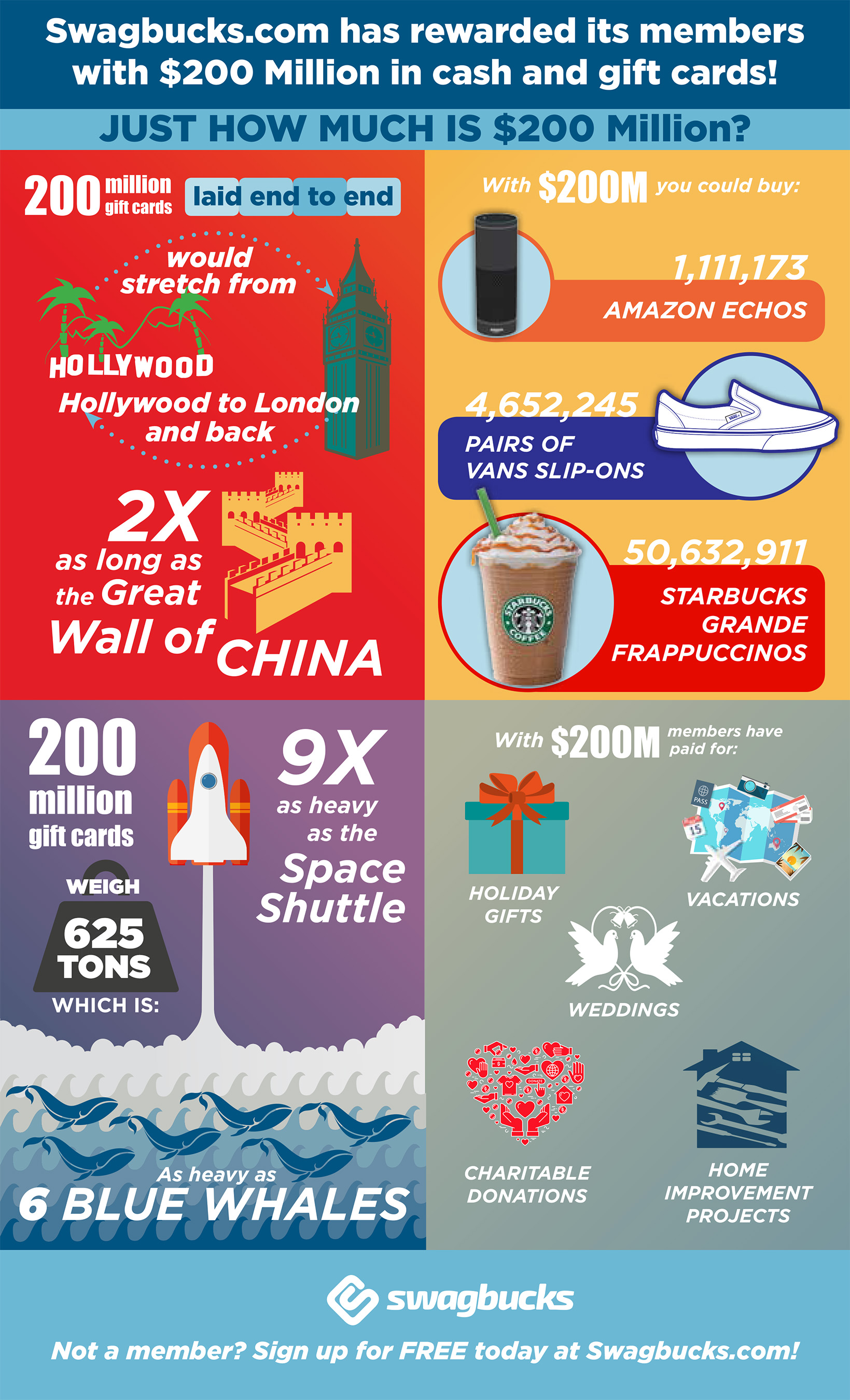Glass engravers have been extremely experienced artisans and musicians for thousands of years. The 1700s were especially remarkable for their achievements and appeal.
As an example, this lead glass goblet shows how inscribing integrated design patterns like Chinese-style concepts into European glass. It also shows just how the skill of a good engraver can create imaginary deepness and visual structure.
Dominik Biemann
In the very first quarter of the 19th century the typical refinery region of north Bohemia was the only location where ignorant mythical and allegorical scenes etched on glass were still in vogue. The cup envisioned here was etched by Dominik Biemann, who focused on tiny pictures on glass and is regarded as one of the most crucial engravers of his time.
He was the boy of a glassworker in Nové Svet and the bro of Franz Pohl, another leading engraver of the period. His work is characterised by a play of light and darkness, which is specifically noticeable on this cup displaying the etching of stags in woodland. He was likewise understood for his service porcelain. He passed away in 1857. The MAK Gallery in Vienna is home to a huge collection of his jobs.
August Bohm
A notable Nurnberg engraver of the late 17th century, Bohm worked with delicacy and a sense of calligraphy. He engraved minute landscapes and inscriptions with strong formal scrollwork. His work is a precursor to the neo-renaissance style that was to dominate Bohemian and other European glass in the 1880s and beyond.
Bohm accepted a sculptural feeling in both relief and intaglio engraving. He displayed his mastery of the latter in the finely crosshatched chiaroscuro (trailing) impacts in this footed cup and cut cover, which illustrates Alexander the Great at the Battle of Granicus River (334 BC) after a paint by Charles Le Brun. Regardless of his substantial ability, he never ever attained the popularity and lot of money he looked for. He passed away in penury. His partner was Theresia Dittrich.
Carl Gunther
In spite of his steadfast work, Carl Gunther was an easygoing man who enjoyed spending time with family and friends. He loved his day-to-day routine of seeing the Collinsville Elder Facility to take pleasure in lunch with his friends, and these moments of camaraderie provided him with a much required reprieve from his requiring occupation.
The 1830s saw something rather remarkable happen to glass-- it came to be vivid. Engravers from Meistersdorf and Steinschonau produced richly coloured glass, a taste known as Biedermeier, to fulfill the need of Europe's country-house classes.
The Flammarion engraving has actually come to be a sign of this new taste and has actually shown up in books devoted to scientific research along with those checking out necromancy. It is additionally discovered in various museum collections. It is believed to be the only making it through example of its kind.
Maurice Marinot
Maurice Marinot (1882-1960) began his occupation as a fauvist painter, however became fascinated with glassmaking in 1911 when seeing the Viard siblings' glassworks in Bar-sur-Seine. They gave him a bench and educated him enamelling and glass blowing, which he understood with supreme skill. He developed his very own methods, using gold streaks and making use of the bubbles and other all-natural problems of the material.
His strategy was to treat the glass as a living thing and he was just one of the very first 20th century glassworkers to use weight, mass, and the aesthetic effect of all-natural problems as aesthetic components in his works. The event shows the significant influence that Marinot had on modern-day glass manufacturing. Unfortunately, the Allied battle of Troyes in 1944 ruined his workshop and countless drawings and paints.
Edward Michel
In the early 1800s Joshua presented a style that simulated the Venetian glass of the period. He made use of a method called ruby factor engraving, which involves damaging lines into the surface area of the glass with a difficult metal carry out.
He also established the first threading maker. This invention permitted the application of long, spirally wound tracks of color (called gilding) on the text of the glass, an essential function of the glass in the Venetian style.
The late 19th personalized gift jar century brought brand-new layout ideas to the table. Frederick Kny and William Fritsche both operated at Thomas Webb & Sons, a British company that concentrated on top quality crystal glass and speciality coloured glass. Their job reflected a choice for classical or mythological topics.
